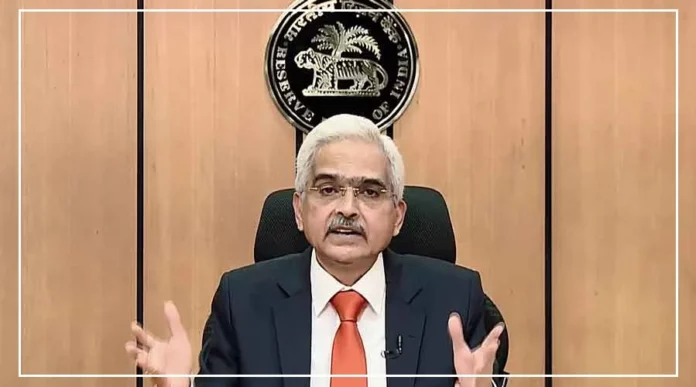Good news for Fixed Deposit (FD) investors! The Reserve Bank of India (RBI) has recently made changes to the rules governing FDs, allowing for increased flexibility in the premature withdrawal of funds.
Now, individuals can withdraw up to Rs 1 crore prematurely from their fixed deposits, thanks to RBI’s revised guidelines.
Key Changes to Premature Withdrawal Rules:
Previously, banks permitted premature withdrawals on fixed deposits only up to Rs 15 lakh.
However, RBI has promptly raised this limit to Rs 1 crore, thereby expanding the options available to FD investors.
This change is effective immediately and applies to all commercial and cooperative banks.
Types of Fixed Deposits:
Banks typically offer two types of fixed deposits: callable and non-callable. In callable FDs, account holders have the flexibility to withdraw their funds before maturity.
On the other hand, non-callable FDs do not permit early withdrawals and lock in the funds until maturity.
Callable Fixed Deposits:
Callable FDs allow account holders to withdraw their money before the maturity date.
Premature withdrawals are subject to a penalty, but callable FDs do not have a lock-in period.
These FDs offer more liquidity but may yield slightly lower interest rates.
Non-Callable Fixed Deposits:
Non-callable FDs do not permit early withdrawals before maturity.
However, there are exceptions, including cases of bankruptcy, business closure, and the demise of the account holder.
Non-callable FDs often provide higher interest rates as the funds are locked in for a specific term.
This alteration in RBI’s policy affords greater flexibility to FD investors, empowering them to access their savings when needed.
It’s important to note that while callable FDs offer more liquidity, non-callable FDs usually provide higher interest rates to account holders.
As a result, investors can make more informed choices based on their financial objectives and liquidity needs.
